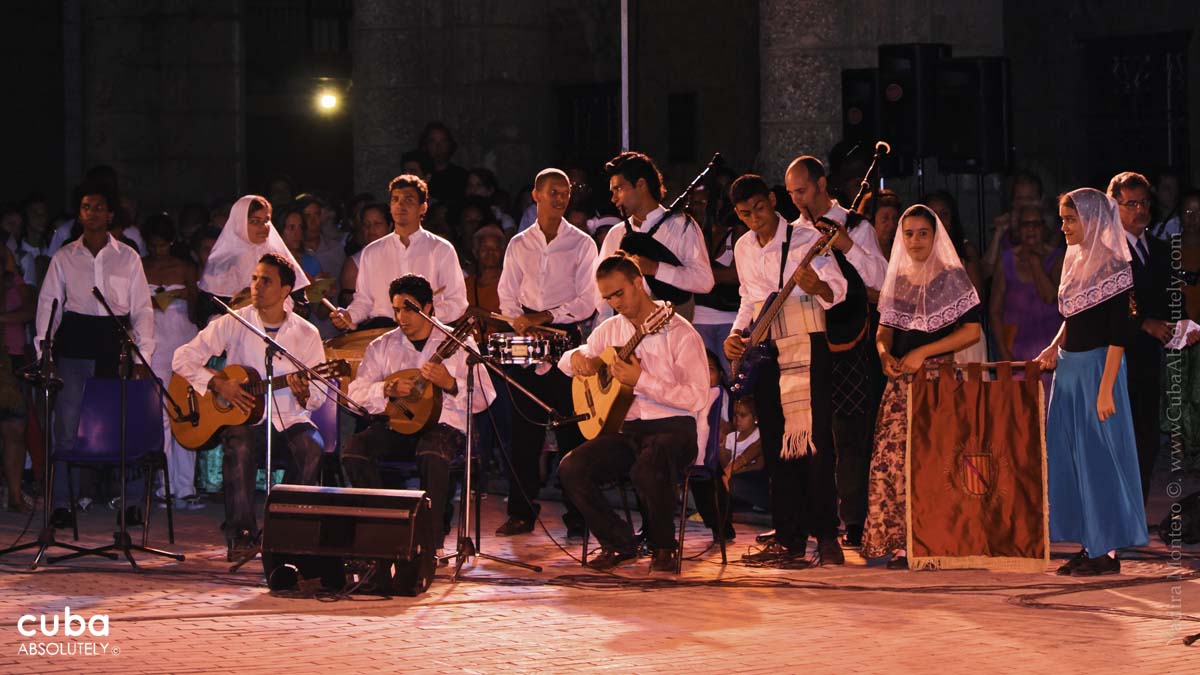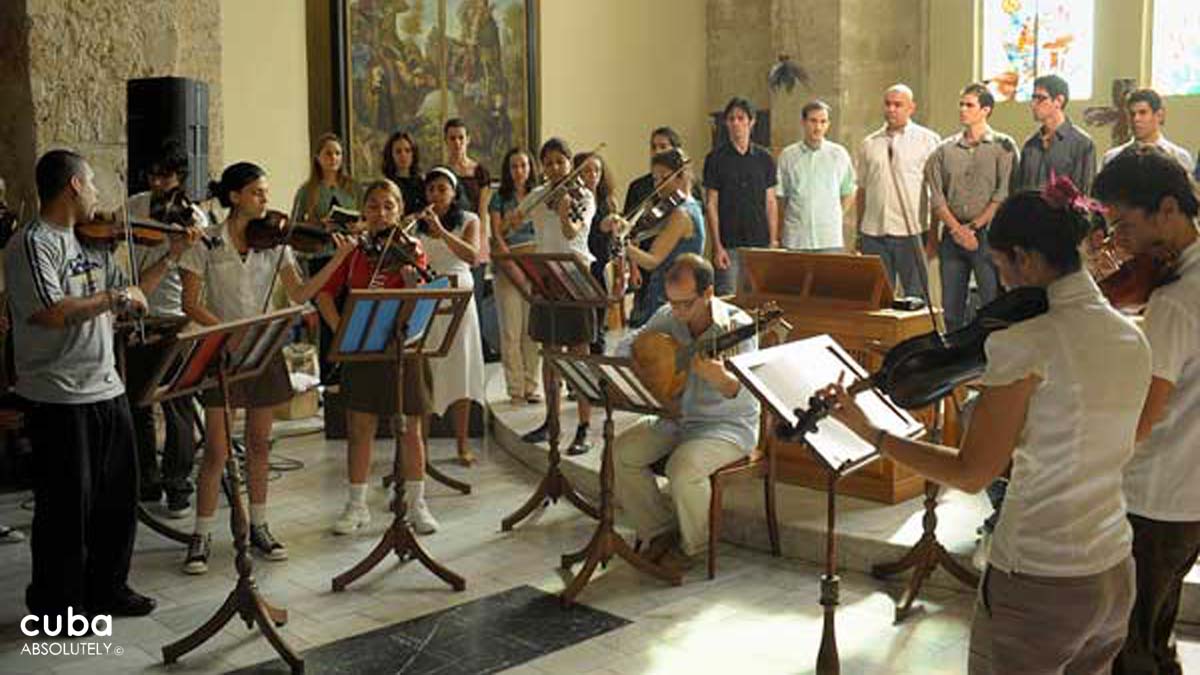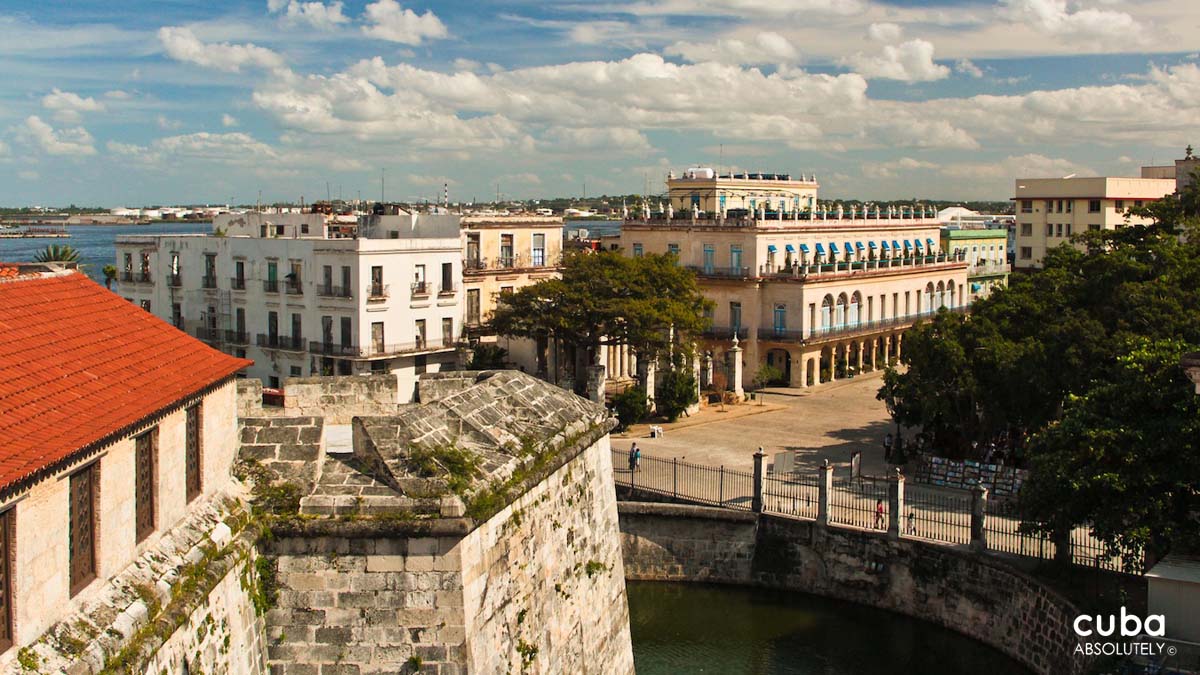This is a long way from the regular tourist circuit and is an opportunity to see real Cuban country folk. You may not like the cockfighting, but it undeniably has a place and a role in the countryside culture and history of Cuba. Every year, the capital of the northeastern province of Las Tunas, nicknamed the Balcony of the East, becomes the venue for the Jornada Cucalambeana in memory of Las Tunas-born poet Juan Cristóbal Nápoles Fajardo (aka El Cucalambé), who was the most important Cuban “decimista”—country ballad poet—in 19th-century Cuba. The purpose of the festival is to keep alive the music and traditions of the Cuban countryside.
The event lasts five days and always begins in late June to include July 1, which commemorates the birth of El Cucalambé. The meeting is held always at the same place: El Cornito, which was once the home of the poet and is now a hotel. El Cornito is located on the outskirts of the city of Las Tunas and occupies an extensive area. Besides the regular hotel accommodations, there are several sculptures dedicated to El Cucalambé and areas for horseback riding, children’s playground and several small plazas.
The Cucalambeana is a collection of different events that includes the recital and singing of décimas, a Spanish stanza of ten octosyllabic lines created in Spain between the 16th and 17th centuries, and which in America was adopted by popular sectors of the population, especially by country folk; the Justo Vega Competition of repentistas, or improvisers, who come from all over the country to show their talent at this difficult art; and Colorín, which showcases children who have taken up the tradition.
Another activity held during the festival involves the exhibition of traditional country dances, which takes place at one of El Cornito’s plazas. It is a competition that is divided into two teams: the Blue and the Red. All of the activities held during the festival are divided into red and blue teams, which give the festivity an added incentive. The costumes, hats and kerchiefs worn by the competitors are always in one of these two colors.
The improvisation event is one of the most popular, given that the poets create their décimas from the “pie forzados” contributed by the audience. A “pie forzado” is a phrase prompted by anyone present and which the poets/composers must follow in order to create their poem or song on the spot. Experts agree that “repentismo,” or the improvisation of décimas, requires great talent and quick thinking and that it comes from the cradle.
Unique to festivals in Cuba is the beauty pageant that takes place during the Cucalambeana. The chosen girl is believed to be the image of a typical country woman (tall, long black hair and dark skin) and is declared “La Flor de Birama,” or The Flower of Birama and all the other girls are the Petals. During the festival, in their roles as the Flower and the Petals attend all of the events wearing the Cuban national dress and their beauty is adapted into words by poets.
For 45 years, the Cucalambeana has celebrated peasant traditions and honored the rich culture of the Cuban countryside.











